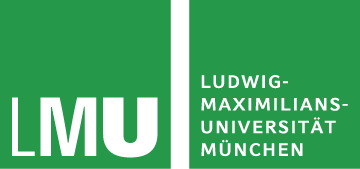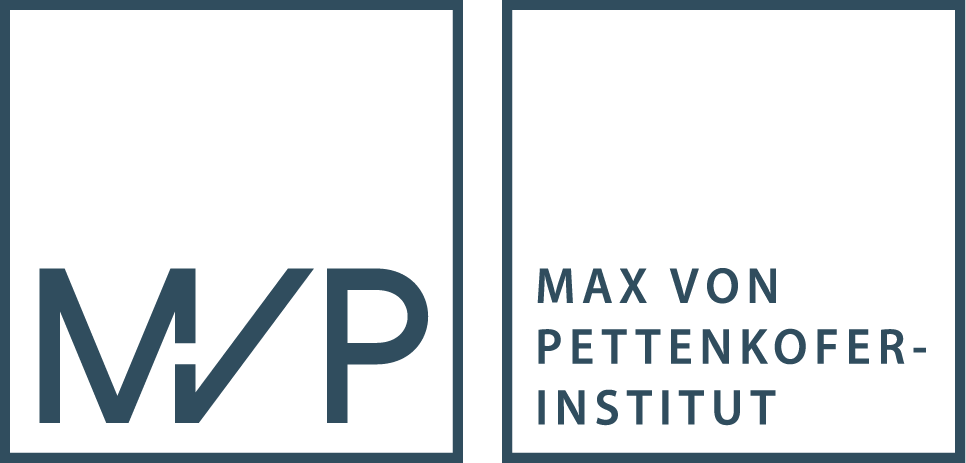Glossary
Notes on material collection:
Swabs: For both molecular and cultural diagnostics, please use flocked swabs in liquid medium (e-swab or similar). If possible, obtain swabs before starting anti-infective therapy.
Abscesses: A punctate provides much more conclusive findings than swabs. If smears are sent in, as much material as possible should be obtained from the depth and marginal areas of the inflammatory focus. Contamination with neighbouring skin or mucous membrane areas should be avoided; this applies in particular to wounds with high contamination (e.g. skin ulcerations, diabetic foot, etc.).
Eye swab: Local anaesthetics may contain antibacterial additives. The material should therefore be obtained before anaesthesia. For conjunctival samples, be sure to moisten the swab with sterile saline and swipe vigorously 2-3 times over the lower conjunctiva. False negative results are often caused by insufficient amounts of material. Take swabs (separately) from both eyes, using swabs for this purpose. In ulcers, always take material from the edge of the ulcer.
BAL: 20-30ml in a sterile screw-top vial.
Blood cultures: Blood sampling should be done before starting antibiotic therapy or at the end of the dosing interval, if possible. Each collection should include one aerobic and one anaerobic bottle. The filling quantity is 8-10ml of blood; PEDS bottles can be used for children. These are filled with 0.5 – 5ml of blood. If sepsis is suspected: obtain 2 – 3 samples at short intervals (5-30 min), if endocarditis is suspected: obtain 3 – 6 samples at 4 – 6 hour intervals. To exclude persistent Staphylococcus aureus bacteraemia: Send follow-up blood cultures within 2 days after starting therapy. Ensure sufficient skin disinfection (contact time min. 1 minute). In general: Do not take blood samples from a lying catheter because of the risk of contamination (exception: if catheter infection is suspected, take samples from catheter and peripheral vein); arterial blood cultures are not advantageous. Transport to the laboratory should be done as soon as possible. It is possible to send the bottles by pneumatic tube. Incubation prior to transport should not be done as it interferes with pathogen detection.
Endotracheal aspiration (ENTA), tracheal secretion, bronchoscopy Secretion: 2-5ml in sterile screw-top vial
Ear canal swab: Avoid touching inconspicuous areas of skin. For dry inflammatory forms, moisten swab with sterile saline solution. If otomycosis is suspected, remove skin flakes with sterile spatula and send in sterile tube.
Tissue: Tissue should be sent in a sterile screw-top tube. To protect the sample from drying out, please add a small amount of NaCl solution.
Catheter tip, heart valve, implant: Part of the implant (not longer than 5 cm !!) sterile screw-top tube.
Bone marrow puncta: If there is a question of mycobacteria, please send in citrate tubes, otherwise in blood culture bottles.
CSF: 1-2ml in sterile screw-top tube
Gastric fasting secretion/ gastric lavage water: usually sent for mycobacteria detection. Please use transport tubes with trisodium phosphate.

